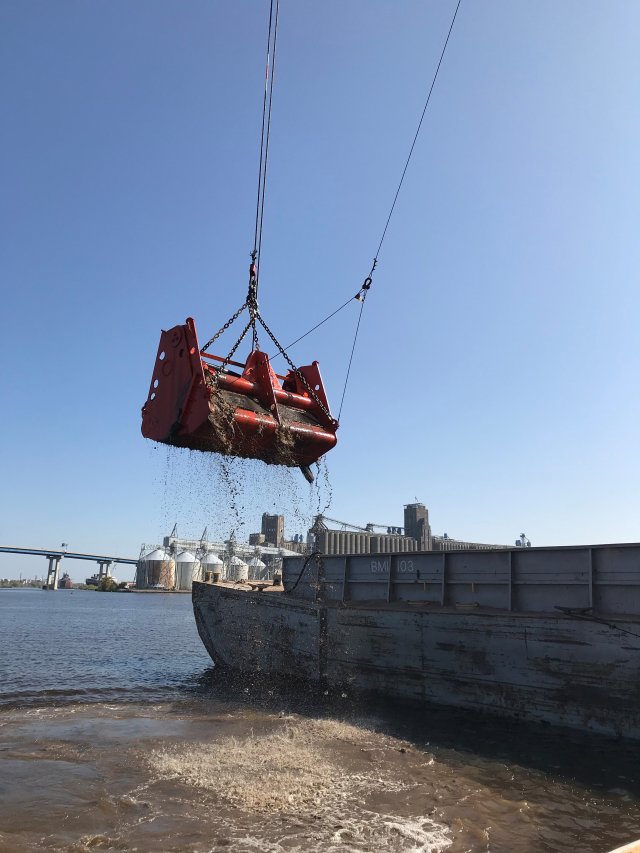EPA Releases Dredged Material Decision Tool to Help with Sediment Disposal Decisions

CHICAGO (August 3, 2021) – Today, the U.S. Environmental Protection Agency announced the release of a Dredged Material Decision Tool to help federal, state, Tribal and local partners compare sustainable alternatives for sediment disposal while accounting for economic, environmental, and social impacts. The DMDT combines EPA expertise with insights from stakeholders who manage dredged materials daily, allowing users to better compare potential reuse options based on community needs.
"The need for the tool became apparent as we encountered a growing number of communities that were simply not aware of the diverse disposal and reuse options," said Joel Hoffman, research biologist with EPA’s Office of Research and Development. "EPA’s goal was to expand awareness of the many creative solutions available to these communities for managing their dredged materials."
Across the United States, dredging is employed to remove sediment from waterways and to maintain federal navigation channels and harbors. About 4 million cubic yards of sediment per year are dredged and then relocated or disposed of elsewhere. Sediment is required to meet toxicity criteria before it is reused.
Potential Sediment Reuse Options:
- Cap contaminated soil at Superfund or Brownfield cleanup sites
- Road construction
- Create more green space for outside activity
- Increase habitat for plants and animals
The DMDT scores factors such as habitat impacts, transportation costs, job creation potential and infrastructure improvements. The highest scoring option will be the one that best fulfills stakeholder needs, meets regulatory requirements, and benefits the environment and community.
The DMDT, instruction manual, and supplemental materials can be downloaded on EPA’s website.
